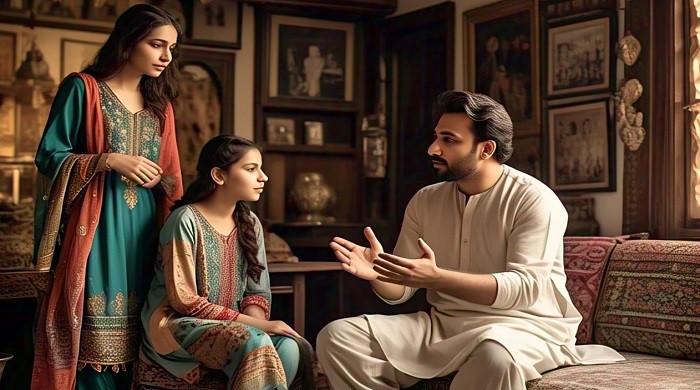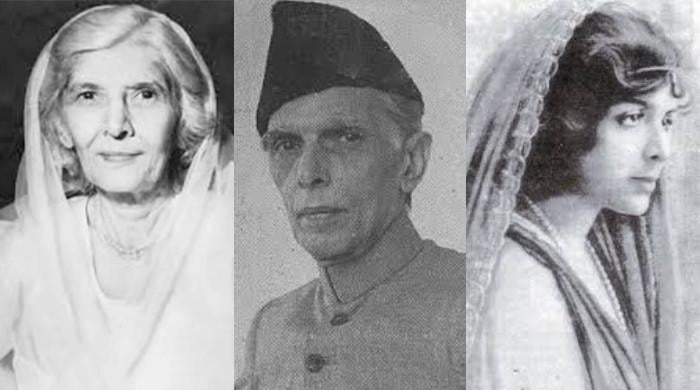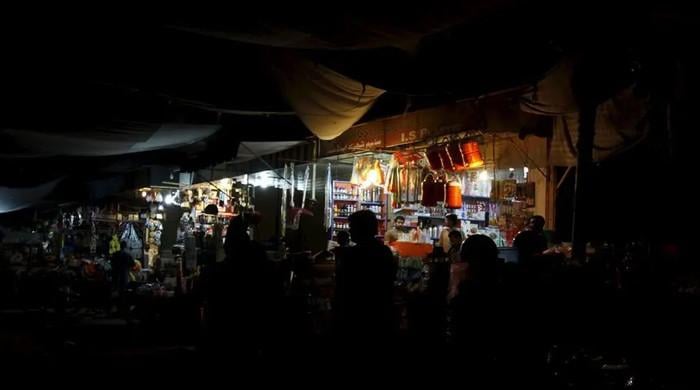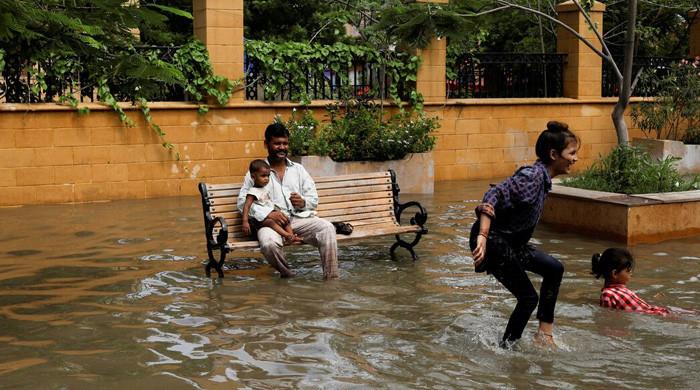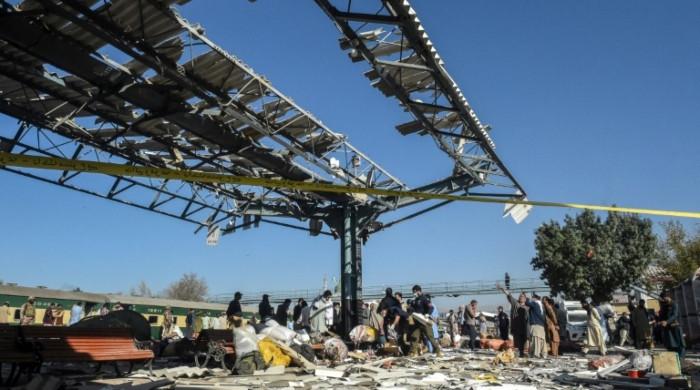Why was the transgender community undercounted?
The 6th, and much delayed, Pakistan’s census calculates the population of those who identify themselves as transgenders to be slightly over 10,000. Does that seem right to anyone,...
August 31, 2017
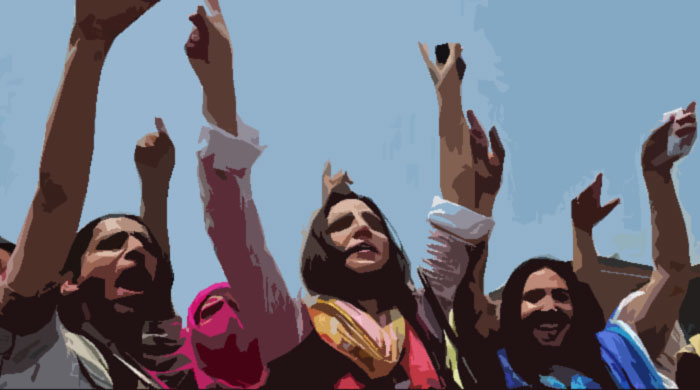
The 6th, and much delayed, Pakistan’s census calculates the population of those who identify themselves as transgenders to be slightly over 10,000. Does that seem right to anyone, who has ever met or seen a transgender person in the country? How is this even possible?
Conducting a census should not be guesswork. The data collected should be verified and rechecked before being compiled. If the Pakistan Bureau of Statistics had approached any organisation working with HIV/AIDs patients in Pakistan, they might have had a better idea of how many we are. I can say this with certitude that our number in the province of Sindh alone will be higher than 10,000.
It took Pakistan 19 years, and much foot dragging, to commission an official enumeration. The last time it did a head count of the general population was in 1998. The last time it did a headcount of its transgender and eunuch community was, never.
This was a first for us. We were being recognized as a third gender, after orders from the Lahore High Court.
That was historic enough, and then it wasn’t. I am not accusing the Bureau of deliberately fudging our headcount. There could be several reasons for the absurdly small figure.
Most of the transgender people here are poor, uneducated and do not own any property. They can’t read newspapers. They don’t know the importance of a census and the importance of being a part of it. To earn a living, we leave our houses very early each morning and return very late each night. This means that if the census teams showed up at our houses mid-afternoon, they would have found locked doors.
In 2009, when the Supreme Court ordered the issuance of special national identity cards to hijras, the process began briefly and then shut down, to only restart again in 2012. For three years, thereafter, no new I.D. cards were printed, which means many of us still have cards that identify us as “male.” Then there are those who do not want their documents altered in order to avoid trouble with the police and trouble at home, especially when the question of inheritance arises.
As per our estimates, our population should be roughly around 300,000 to 500,000. There must be at least 300 people of the community living in Lahore’s Heera Mandi alone.
Not only have we rejected the census data, we are now collecting our own to dispute it. Once that exercise is complete, we will then take the numbers to the media or maybe even the court.
Undercounting may be a bad headline for you, but for us, it is a major setback. Pakistan’s transgender people have come a long way. We now have full inheritance rights in the country. One of us even has a third-gender passport. An accurate reflection of our population could help convince authorities to reserves quotas for us in government jobs and seats for us in educational institutes.
You can undercount us, but you cannot discount us anymore.
- Bindiya Rana is a transgender activist and the founder of the Gender Interactive Alliance (GIA) in Karachi.




